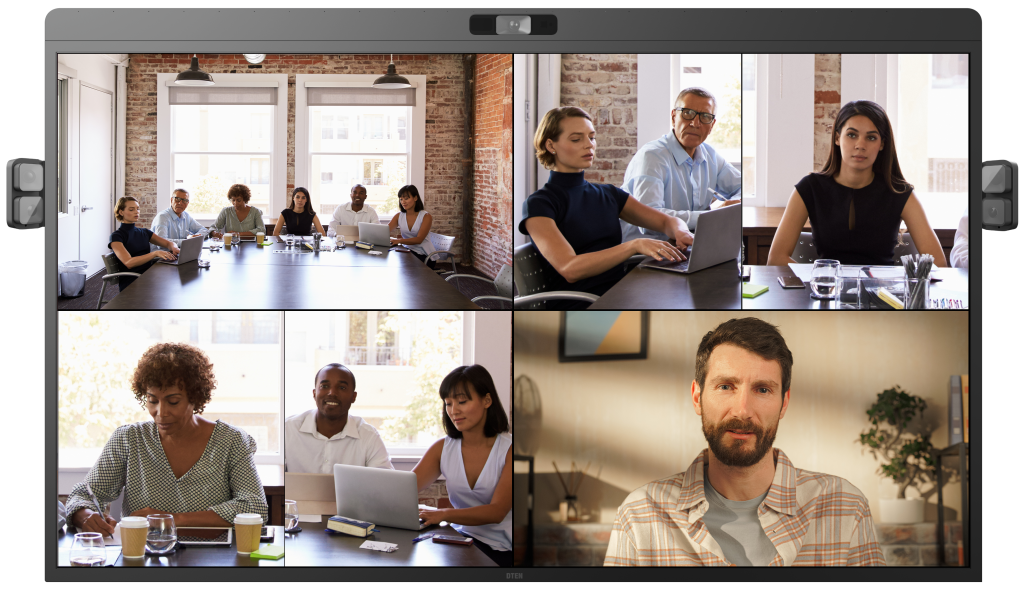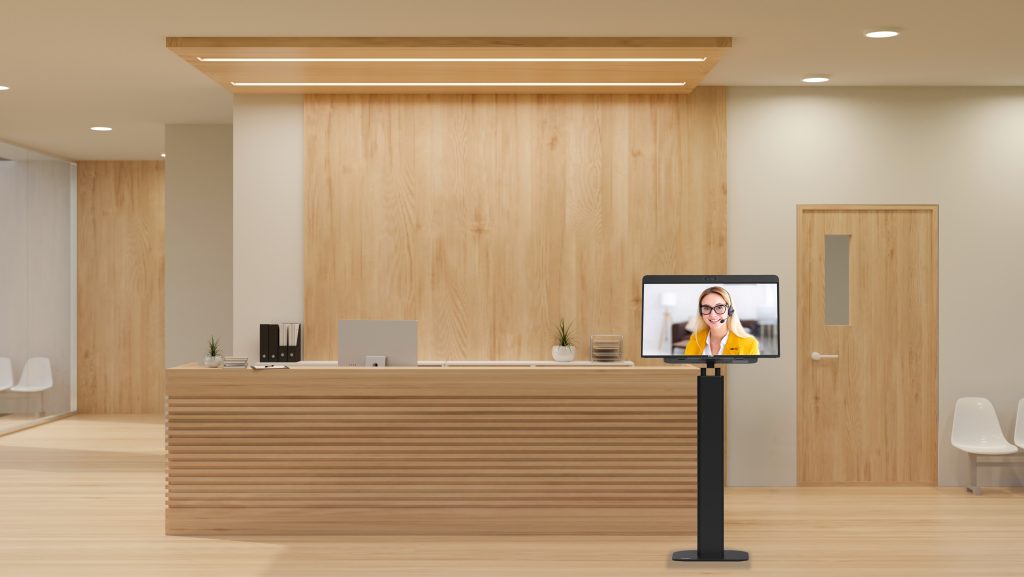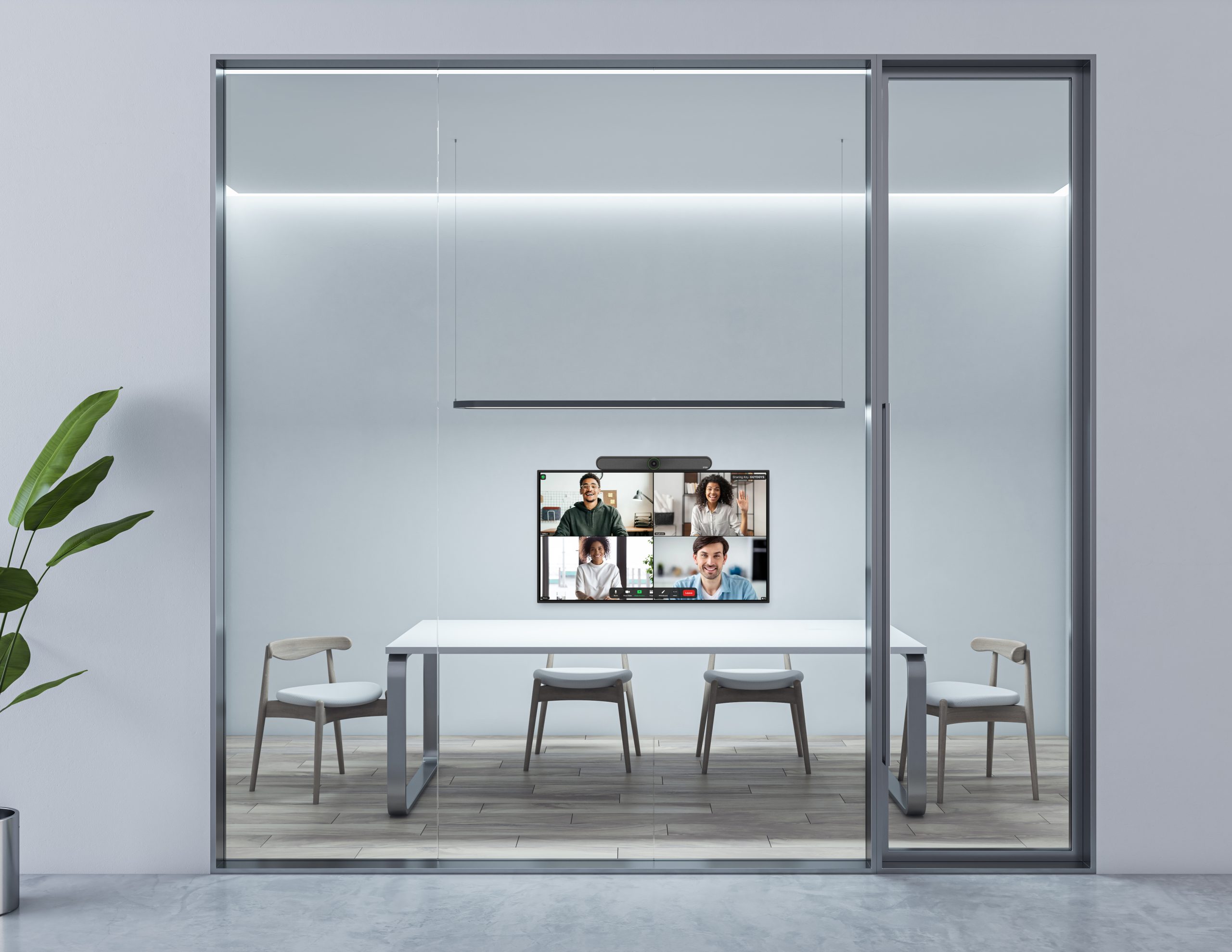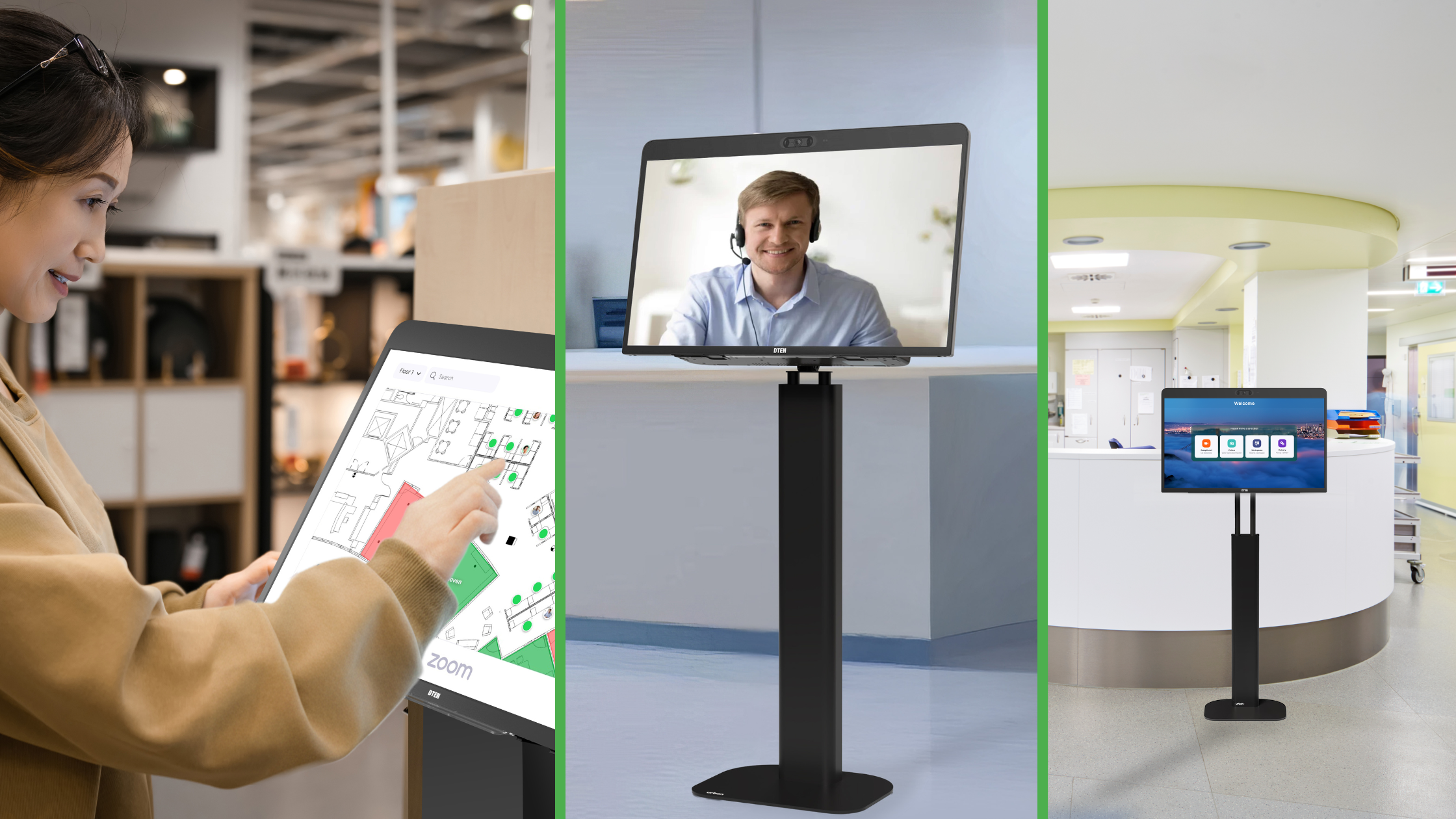How Videoconferencing Technology Defines the New Digital Workplace

Introduction: The Shift from Location to Connection
For the better part of a decade, the workplace conversation has been framed around location: should employees be in the office, work remotely, or adopt a hybrid mix? So, while location is still a factor in policy debates, the real driver of success in today’s workplace is no longer where employees sit, it’s how they connect. In the modern digital workplace, videoconferencing technology and meeting technology have become the true front door of an organization. A crisp video call, a seamless virtual reception, or a well-orchestrated hybrid meeting can define how employees collaborate and how customers perceive a brand. Today, digital workplace carries more weight than physical presence, and organizations must be ready to meet people in the digital spaces they already occupy.
The Rise of Digital-First Interactions
Customer expectations have shifted dramatically. Just as ATMs and self-service kiosks transformed banking, today’s videoconferencing and collaboration devices are transforming how people interact with companies, colleagues, and institutions.
Whether through a meeting room technology solution that powers global collaboration, or a kiosk in a hospital lobby that connects patients to care teams, the common denominator is clear: people expect technology to deliver seamless, intuitive interaction without friction.
For employees, that means video meetings that feel natural and productive, not exhausting or disjointed. For customers, it means AI-enabled touchpoints that reduce waiting times and turn routine interactions into meaningful engagement.

Here’s Why Videoconferencing Technology Matters More Than Ever
For Employees: Productive Collaboration Anywhere
Employees rely on videoconferencing technology to stay connected across distances, teams, and time zones. Clear audio, responsive video, and intuitive touch screens allow ideas to flow naturally. With modern meeting technology, employees don’t have to wrestle with cables, switch between apps, or lose valuable minutes troubleshooting. Instead, collaboration becomes frictionless, boosting productivity and morale.
For Customers: Digital Touchpoints that Matter
The digital customer journey increasingly involves live video interactions. Virtual reception systems, interactive kiosks, and smart meeting solutions create instant connection. In other words, instead of waiting for a callback or queuing at a desk, customers can be greeted through a video device, receive information, or even escalate to live support instantly. Each interaction reinforces the perception of a brand as responsive, human-centric, and technologically forward.
For Organizations: Digital Resilience
Investing in meeting technology is no longer optional. Digital-first engagement builds resilience by ensuring operations continue seamlessly in hybrid or distributed environments. It increases productivity by removing the barriers that stall collaboration. And it strengthens customer loyalty by showing that no matter the channel – in person, on video, or through a kiosk – the organization is ready to meet people with clarity and ease.
Meeting Technology as the New Workplace Infrastructure
When we think of infrastructure, we often picture office buildings, cubicles, and conference rooms. But today, infrastructure is also digital. Videoconferencing platforms, collaboration devices, and meeting room technologies are the scaffolding on which work gets done.
A modern digital workplace prioritizes:
- Consistency across environments. The quality of video collaboration should feel the same in the boardroom, at the home office, or at a hot desk in a coworking space.
- Accessibility that ensures tools are intuitive for everyone, including those who may not be tech-savvy.
- Flexibility with devices that adapt to multiple use cases: executive offices, huddle spaces, focus rooms, and customer-facing kiosks.
- Intelligence through AI and automation, enhancing human connection instead of replacing it. Features like smart framing, transcription, and intelligent scheduling keep interactions natural and efficient.
- In many ways, videoconferencing technology is becoming as essential as electricity and Wi-Fi. Without it, collaboration falters, customer service stalls, and organizational cohesion unravels.
Digital Impressions Are Brand Impressions
Every organization has long understood the importance of the physical front door: clean lobbies, welcoming reception areas, and professional meeting spaces. Equally important in a digital-first world, the first impression often comes through a screen.
- A well-run video meeting communicates competence, professionalism, and respect for participants’ time.
- A virtual reception desk powered by video shows that the organization values accessibility and is ready to assist.
- A meeting kiosk in a common area demonstrates innovation and responsiveness.
- In all cases, meeting technology is shaping how people perceive a company before they ever step into a physical space.

Use Cases That Are Reshaping the Workplace
Videoconferencing and meeting technologies are expanding far beyond traditional conference rooms. Consider the following uses:
- Hybrid meeting rooms: Equipping spaces with enterprise-grade video, audio, and touch interfaces ensures that both in-room and remote participants have equal presence.
- Office pods and focus rooms: Compact collaboration devices eliminate clutter and turn small spaces into powerful, professional video hubs.
- Virtual receptions: Instead of static front desks, video kiosks connect visitors to staff in real time, streamlining check-ins and enhancing security.
- Contact centers: Video-enabled support improves resolution times and creates human connection in what might otherwise feel like a transactional experience.
- Digital signage and wayfinding: Multipurpose devices can provide live updates, interactive maps, and on-demand information.
Each of these use cases underscores a central truth: meeting technology is not just for meetings anymore – it’s the connective tissue of the digital workplace.
The Role of AI in Modern Videoconferencing
Artificial intelligence is amplifying the impact of videoconferencing technology. AI-driven features like smart framing, live transcription, real-time translation, and action-item capture make meetings more inclusive and productive.
For instance with employees, AI reduces cognitive load and frees them to focus on ideas rather than logistics. For customers, AI shortens wait times and improves self-service experiences. And for organizations, AI creates actionable insights that improve efficiency and drive better decision-making.
In short, AI transforms meeting technology from a tool of convenience into a driver of strategic advantage.
The Shift That Matters
These days, the question is no longer whether employees return to the office or customers walk through the door. The real question is whether you can meet them digitally, wherever they are, with clarity and ease.
Organizations that can answer “yes” are the ones that will thrive. By investing in videoconferencing technology, meeting technology, and collaboration devices, forward-thinking companies not only keep pace with change, but redefine how work and customer engagement happens.
The shift is clear: location is secondary, digital connection is primary. And the organizations that design for digital reach will build stronger cultures, more resilient operations, and deeper customer loyalty.
Call to Action: Designing the Future of Collaboration
The future of work isn’t defined by cubicles or office towers – it’s defined by digital connection. Organizations that prioritize videoconferencing technology as core infrastructure will create workplaces that are more inclusive, flexible, and resilient.
If your business is ready to deliver seamless video collaboration, transform customer touchpoints, and extend your digital reach, now is the time to invest in modern meeting technology and collaboration devices.
The organizations remembered tomorrow will not be the ones that debated “where” work happened – but the ones that mastered “how” people connected.






